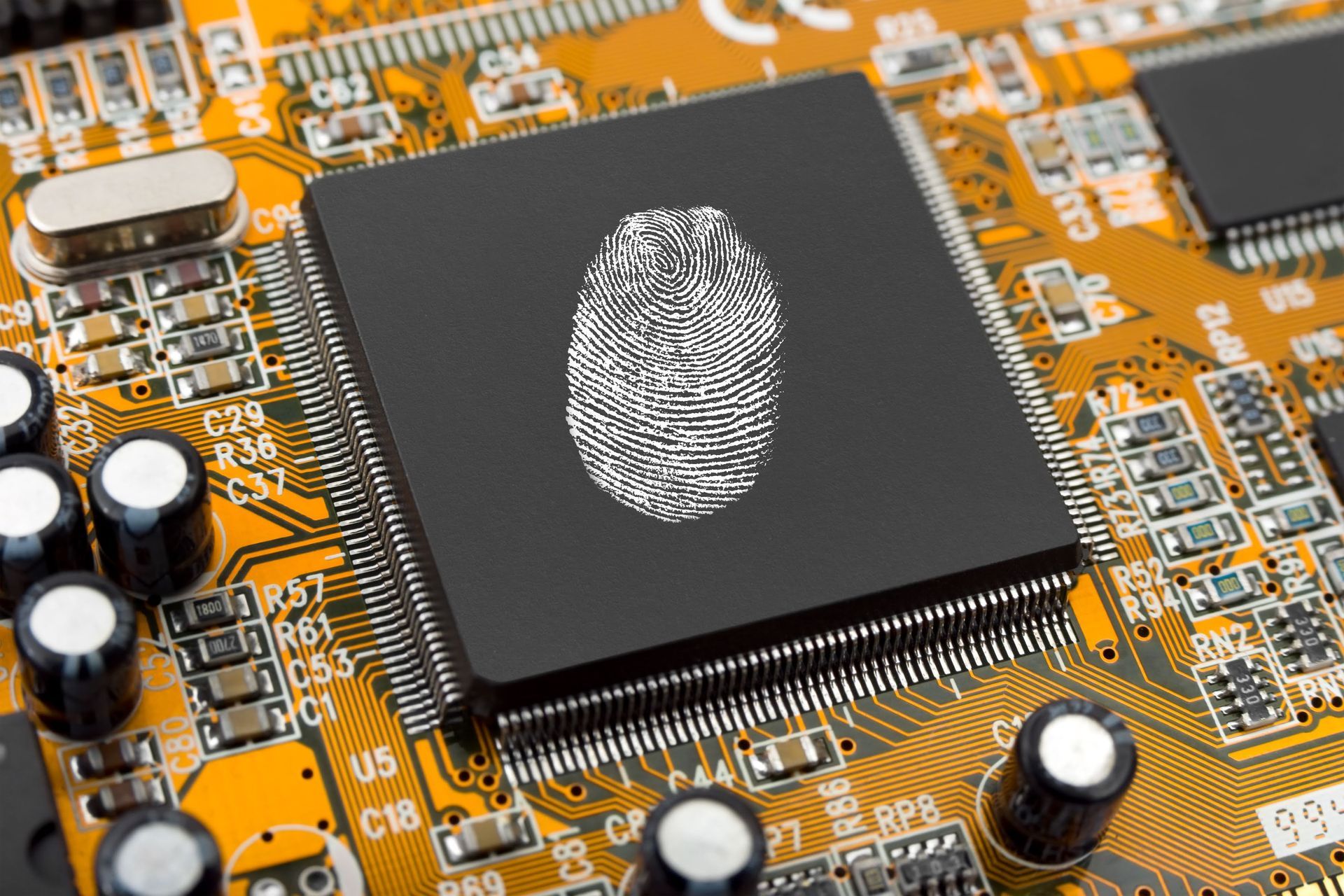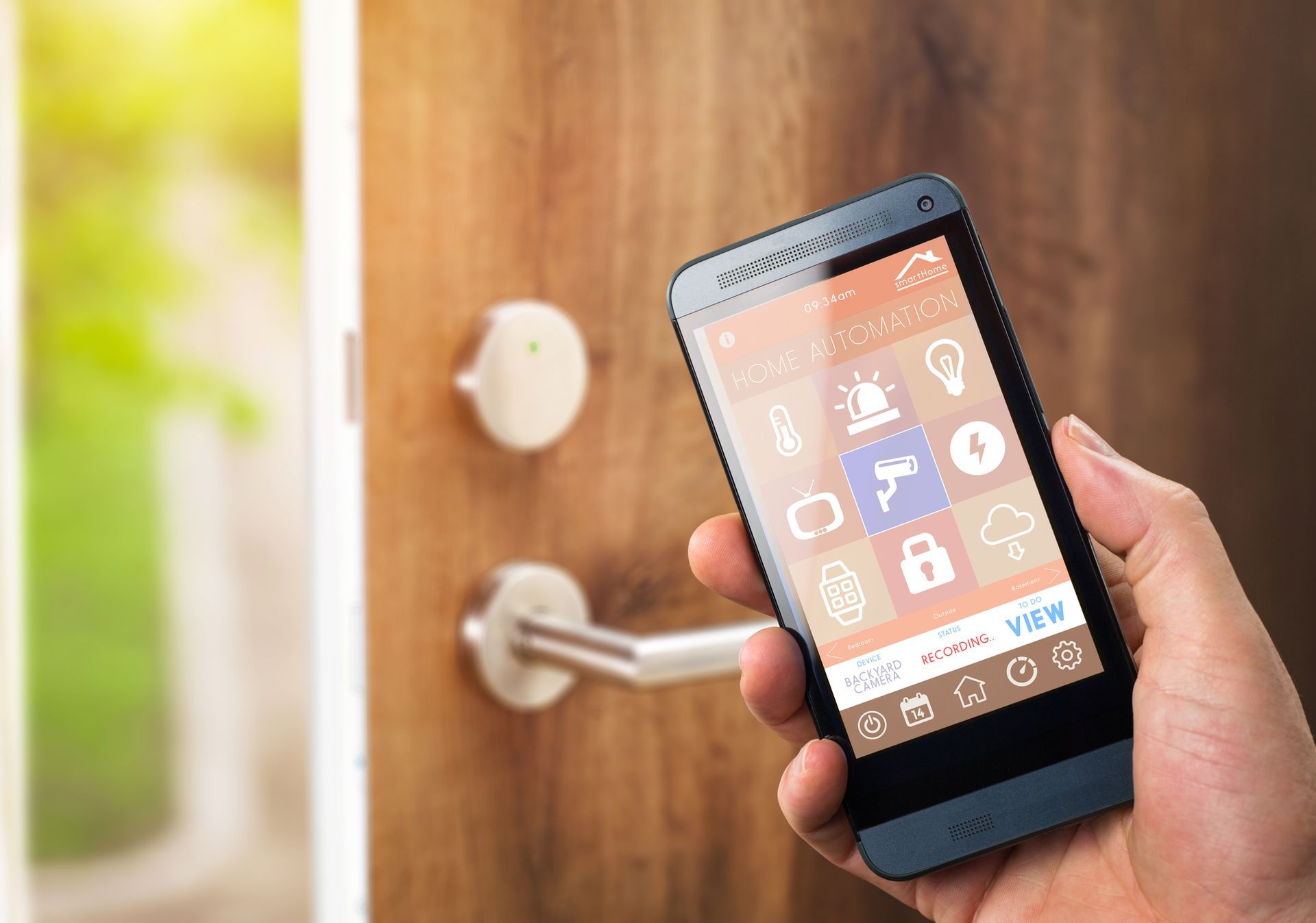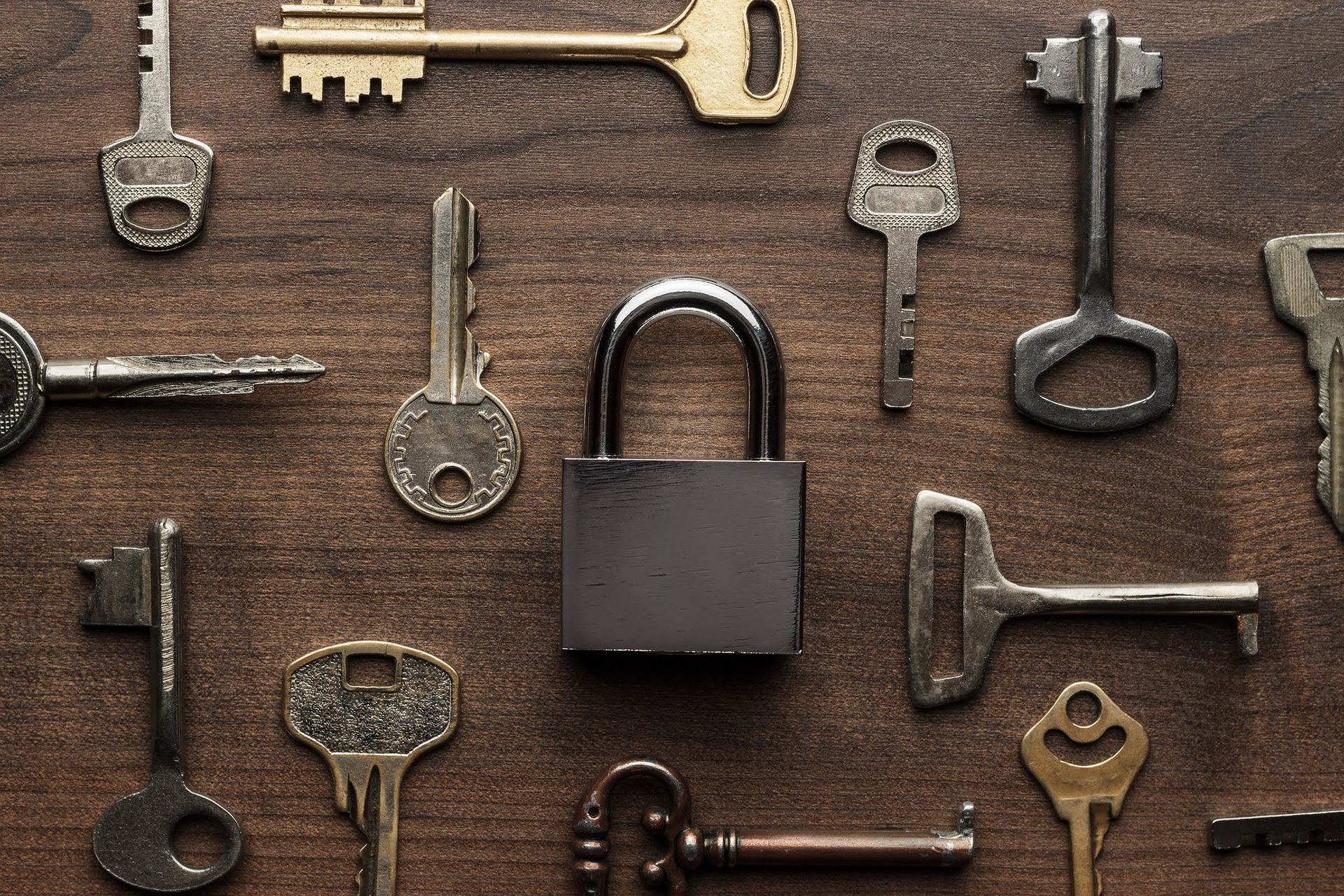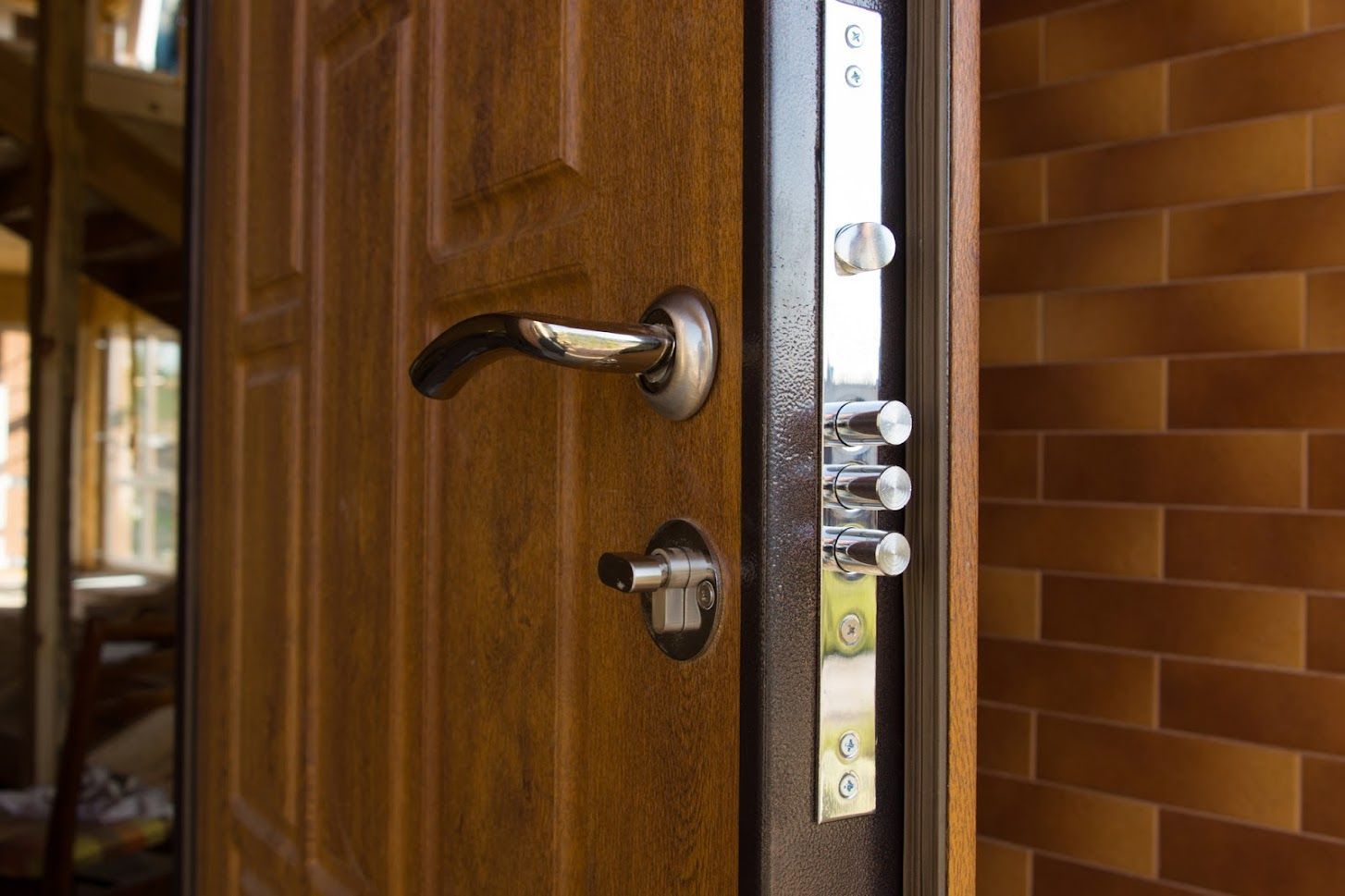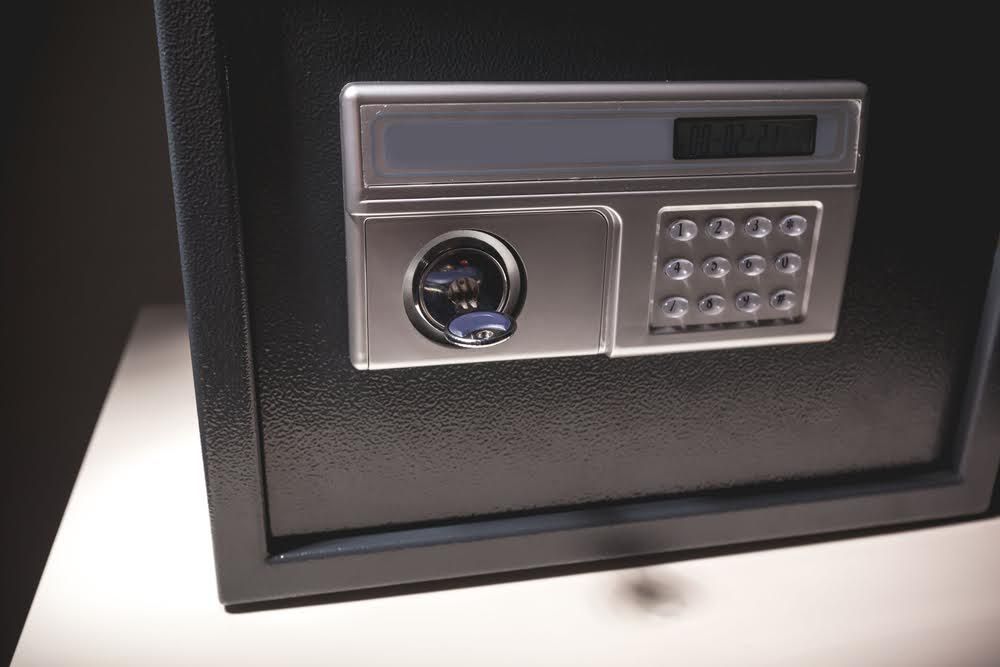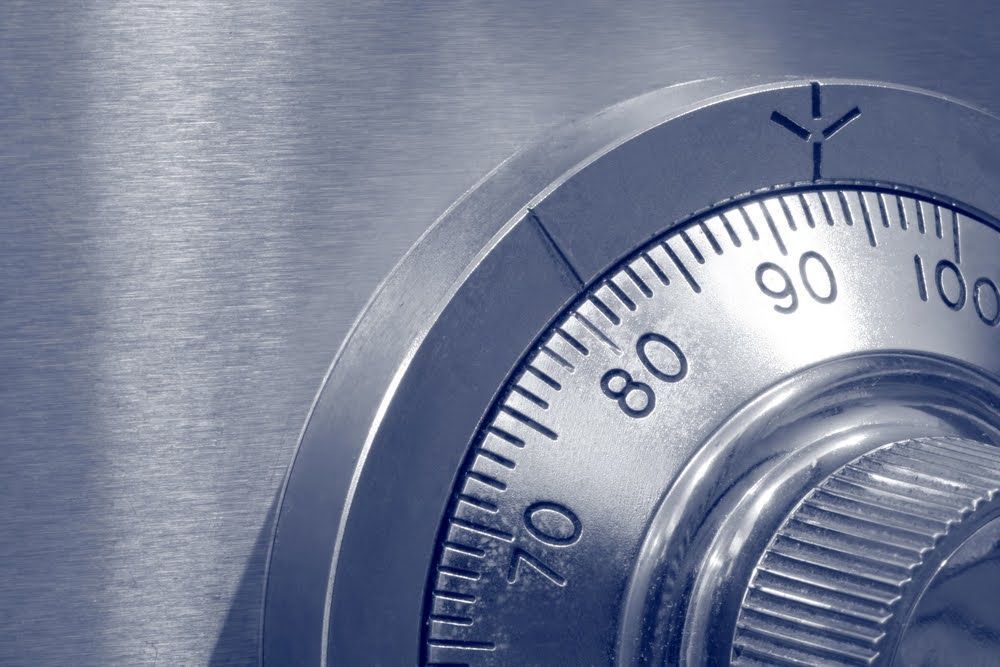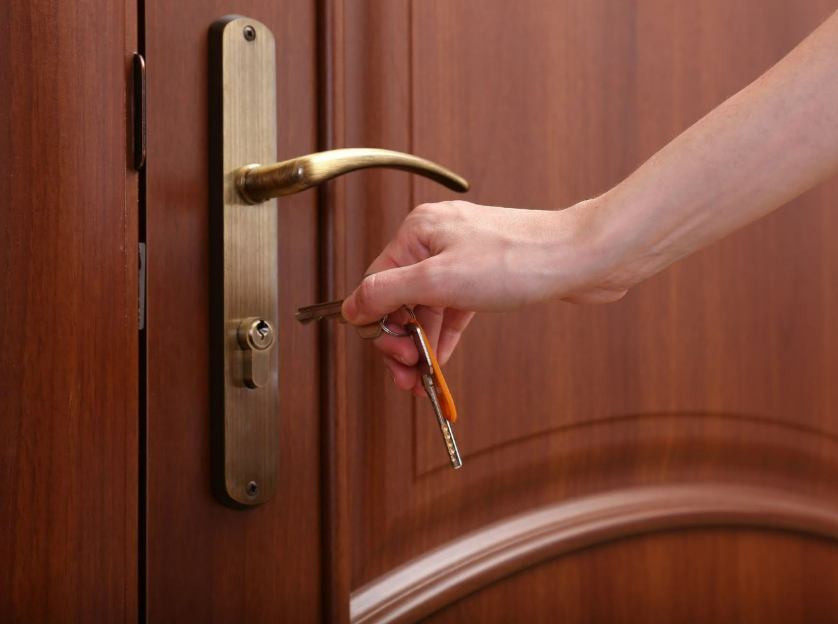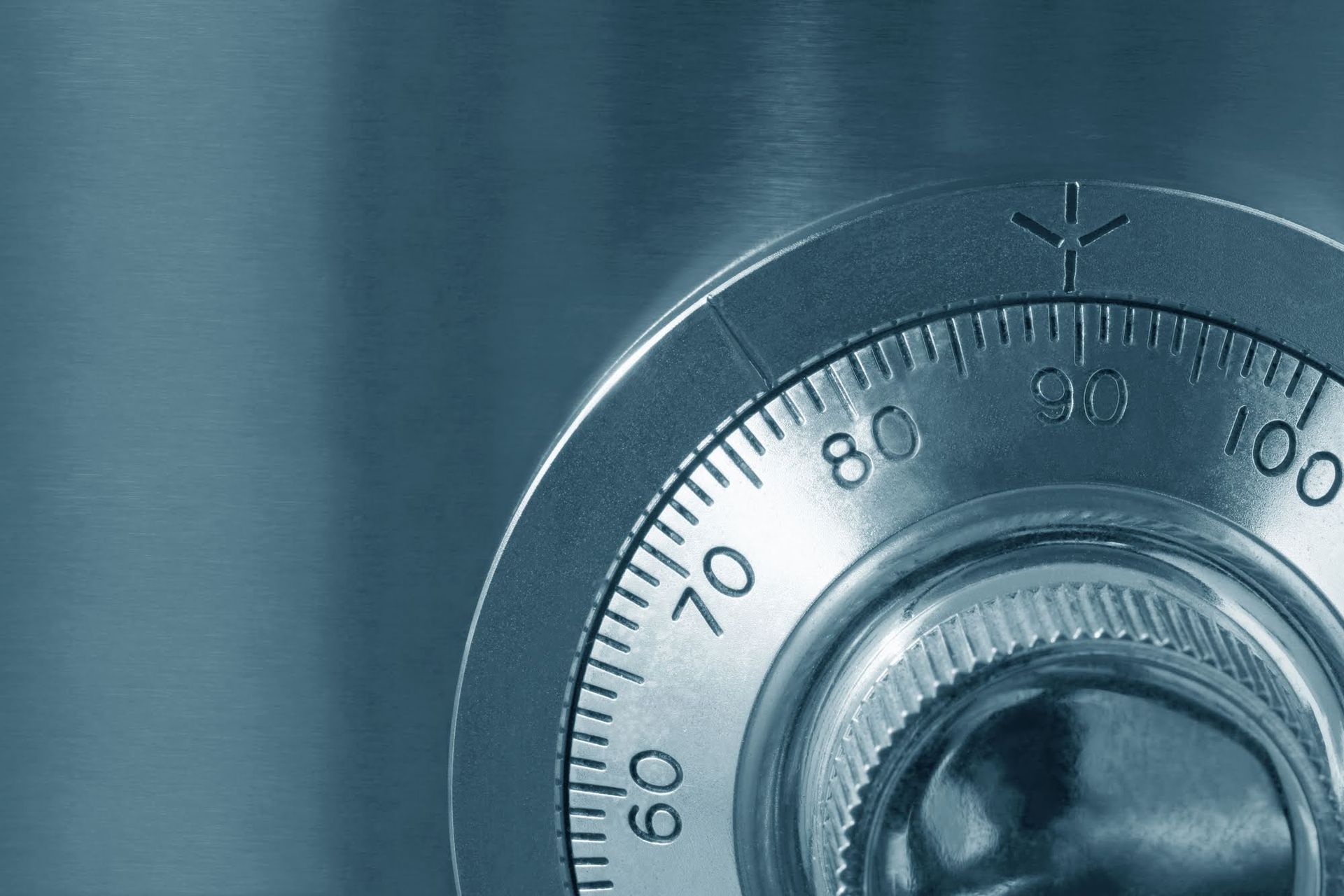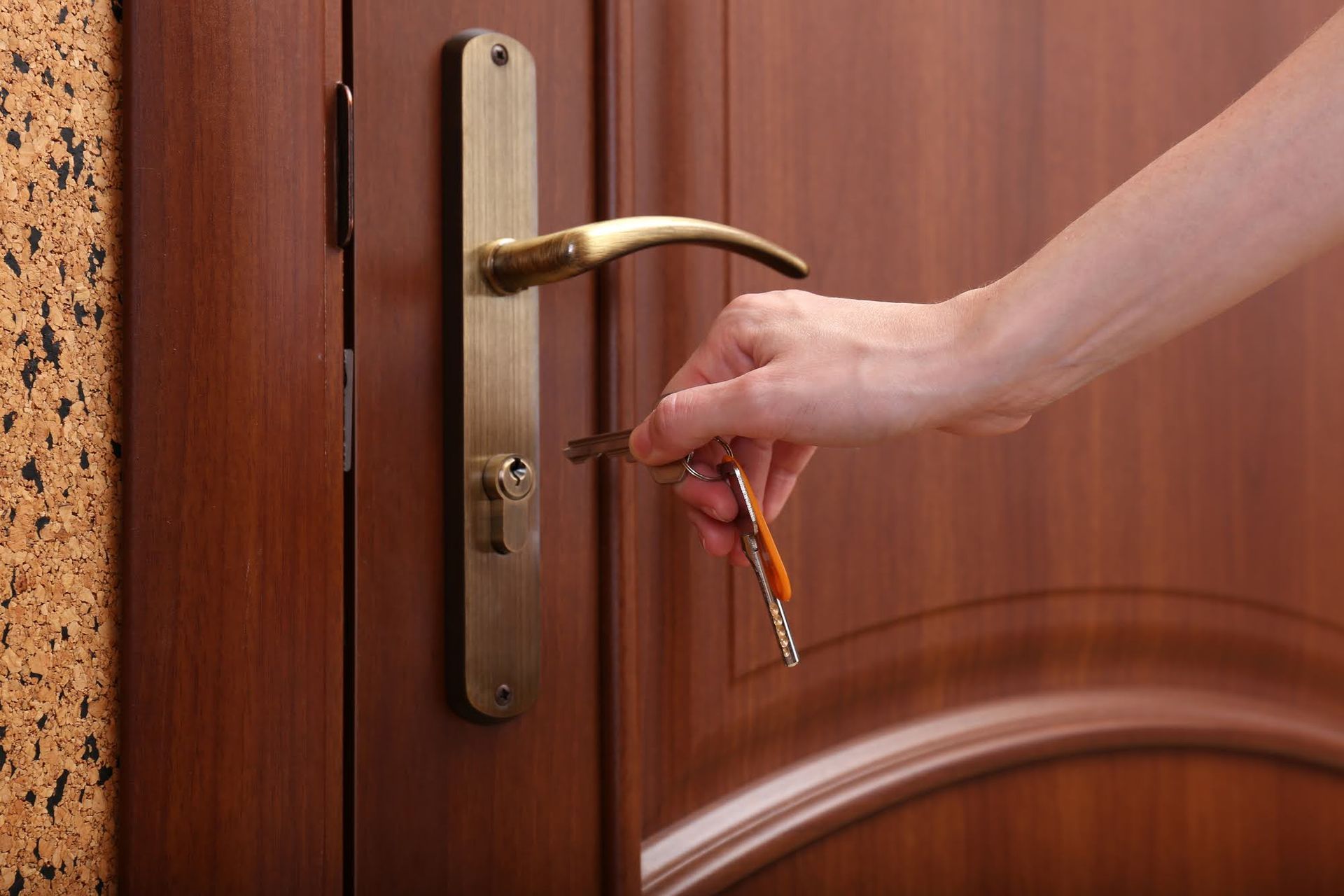CALL US NOW! 713-643-5767
Se Habla Espanol
Four Features to Keep in Mind When Buying A Gun Safe
Dixie Safe & Lock Service Inc. • Jul 22, 2019
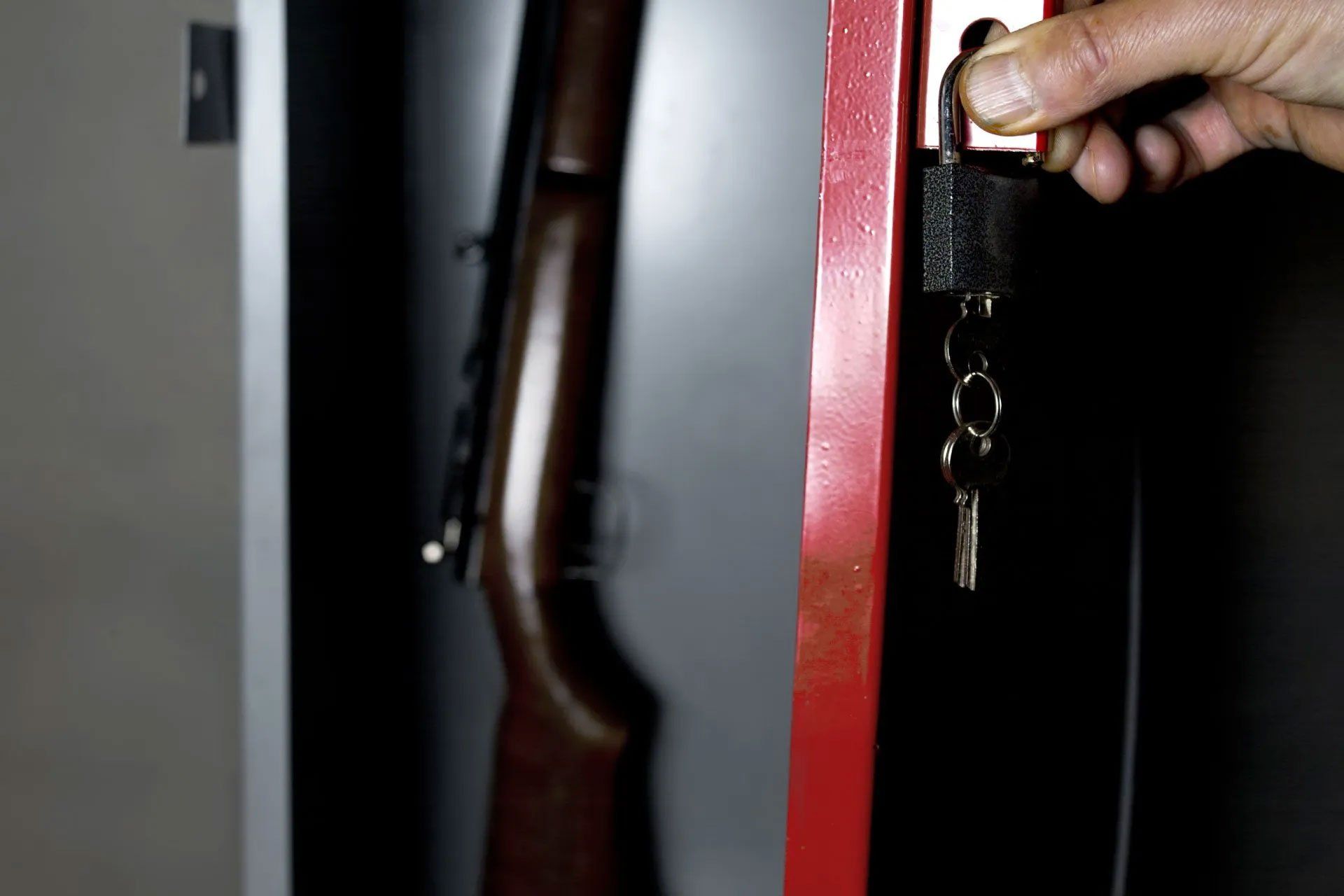
Are you asking yourself, “What type of gun safe should I buy?” Many Houston gun safe shoppers are primarily concerned with size and price when they begin browsing their firearm storage options. No one wants to pay too much for what is essentially a cupboard with a lock on it, right? Well, not exactly.
Gun safes are specially designed to protect contents from all types of damage. Gun safe features such as the locking mechanism, its fire and theft-deterrent rating and its construction will have a significant impact on the protection it offers as well as its ultimate cost.
Why Do You Need a Gun Safe?
Gun safes
are a vitally important investment for firearm owners. They’re more than just a storage solution. A gun safe should:
- Ensure the only people in your household who can access your guns are you and anyone else you knowingly approve.
- Protect your firearms from the sometimes-harsh Houston area weather conditions, dust and other contaminants that can potentially damage your guns over time.
- Keep your firearms safe in the event of a fire.
- Stop burglars from being able to steal your guns and sell them or use them to commit crimes.
- Provide a convenient, relatively easily accessible storage solution.
Although you can find cheap gun storage options – or choose not to keep your firearms in a safe at all – most gun owners who have invested their hard-earned dollars into their collection don’t want to play fast and loose with their arsenal.
In addition to price, make sure to keep the following five factors in mind when making your gun safe purchasing decision.
1. Fire and Burglar Resistance
Safes are given separate construction ratings based on the level of protection they offer to owners in the event someone is trying to break into the safe or the safe is subjected to a fire. Gun safes are given these Test Performance Ratings by Underwriters Laboratories (UL), a non-profit organization founded in 1984 to test the efficacy of safety measures for all types of products.
UL is one of the few organizations that is approved by the U.S. Occupational Safety and Health Administration to grant approved safety ratings.
For burglar protection, the ratings include:
Class B:
The B-rated safes are primarily intended to contain items worth $10,000 or less. They must have a minimum 1/2-inch thick door and body walls that are at least 1/4-inch thick.
Class C:
The step up from B, C-rated safes are intended for items valued at $30,000 or less and have doors that are at least one-inch thick and walls that are at least 1/2-inch thick.
UL RSC:
To get a UL rating of RSC, a safe must survive a five-minute attack from would-be thieves. This includes all types of potential methods, including drilling, picking, mechanical or electronic tools, grinders and pressure devices.
UL TL-15:
A TL-15 safe is certified by UL to resist attempts to break in for 15 minutes.
UL TL-30:
These safes are designed to resist the same types of attacks for 30 minutes total.
UL TL-30x6:
The “times six” essentially indicates that the safe can stand up to all types of forced entry from all six sides – so the front, back, both sides, top and bottom.
Fire resistance ratings:
UL’s UL-72 ratings specifically denote a safe’s fire resistance and primarily consist of the following three rating levels.
UL 350:
The internal temperature of the safe won’t exceed 350 degrees Fahrenheit for a given period.
UL 150:
Designed to also protect paper, photos, data disks and other potentially vulnerable valuables with a lower burning point, UL 150 safes should maintain an internal temperature of 150 degrees Fahrenheit or less for the length of time the safe is rated for.
UL 125:
These safes are similar to the above and were more in demand when flexible computer disks were popular, because they were especially vulnerable to damage from heat.
2. Gun Safe Installation Methods
In-wall gun safes, if anchored properly, can be relatively hard for a burglar to tear out and move, not just because of their weight but because they’re secured into studs or door frames. From a homeowners’ perspective they’re also great because they can be concealed in a closet, behind clothes or somewhere else out of the way so it’s not an eyesore or an inviting target for intruders or people who shouldn’t have access to it.
There are also number of clever hidden gun safe options that pose as everything from shelves to furniture to HVAC vents. These are good at deterring theft due to their hidden nature, but they generally don’t provide a lot of protection in terms of resilience to brute force entry.
Some of the most common and effective ways to install gun safes in the home include anchoring it to a concrete slab floor, to floor joists in a wood framed floor or into wall studs. Keep in mind that access should be somewhat convenient for you but not so obviously out in the open that it attracts the attention of burglars.
Regardless which option you choose, you’ll want to secure your gun safe in some way. The goal of investing in a safe can be easily defeated if burglars can put your safe on a dolly and wheel it out of your home.
3. Lock Type
Biometric gun safes, combination gun safes and dial lock gun safes are all popular and reliable gun safe lock options. Digital lock gun safes, such as biometric and keypad locks that accept a key code, do require power to operate the mechanism.
The owner of the electronic locking safe can, for most gun safe locks, update the combination or grant biometric access without needing to call out a locksmith. Combination gun safes do not require any kind of additional power but in order to reset the combination you will have to call a gun safe locksmith, such as those at Dixie Safe & Lock Service Inc.
Each gun safe lock has its own benefits and drawbacks. Combination locks can be a bit tricky and slow to operate and feel somewhat imprecise or finicky, depending on the quality. Biometric locks and digital locks with keypads are easier to operate for most people but they tend to be more expensive, especially biometric options.
4. Gun Safe Size
The size of your gun safe is dependent on what you want to store in it. If you only own a single handgun you may just be able to get a pistol vault or a small wall or floor safe. If you have a larger collection you may need a larger safe, with some popular size options being approximately 13 cubic feet of interior storage, 21 cubic feet and 28 cubic feet.
One of the most common mistakes gun owners make when choosing a gun safe is purchasing a safe that’s too small. You should really think about all the things you may want to store in a gun safe in addition to firearms. Jewelry and family heirloom are popular items to store in a gun safe, as well as photo books, birth certificates, passports, home and car titles and other important documents or backups.
Get a good idea of everything you may want to keep in your safe. If you do plan on adding firearms to your collection, take that into account as well when choosing.
Get the Right Gun Safe From Dixie Safe & Lock Service Inc.
Whether you want advice on gun safes or have one already picked out, Dixie Safe & Lock Service Inc. in Houston is the company to call for assistance, service and reliable installation. We have high-quality gun safes for sale and provide experienced installation services so you can get a secure gun safe that meets your storage needs and protects you, your family and your valuable property. Give us a call at (713) 643-5767
to request more information or schedule installation or service.
| Number | First Name | Last Name | Email Address |
|---|---|---|---|
| 1 | Anne | Evans | anne.evans@mail.com |
| 2 | Bill | Fernandez | bill.fernandez@mail.com |
| 3 | Candice | Gates | candice.gates@mail.com |
| 4 | Dave | Hill | dave.hill@mail.com |
-

Slide title
We had a great experience with Dixie Electronic! They arrived within 20 minutes and took care of the job promptly. Their employees are skillful and friendly. Overall, we recommend these guys.
– Carrie M.
READ MORE! -

Slide title
The service provided by this company was amazing. The guys who did the job were very professional and polite. These guys have earned my future business, would really thank you for helping me out in such a situation when I lost my car’s key.
– Karen K.
READ MORE!
CONTACT INFORMATION
7920 Gulf Freeway Houston, TX 77017
LIC #B02418
OUR LOCATION
Content, including images, displayed on this website is protected by copyright laws. Downloading, republication, retransmission or reproduction of content on this website is strictly prohibited. Terms of Use
| Privacy Policy


